- Call: +91-9566252166
- Mail: hands@learnerscortex.com


United States
The United States is home to one of the most diverse and flexible education systems in the world. U.S. universities are renowned for their academic excellence, research opportunities, and a wide range of programs that attract students from around the globe which makes it as a home to most international students.


U.S higher Education : Types of Institutions

Offer two-year associate degrees and certificates. They provide a cost-effective pathway to four-year universities.
Examples : Santa Barbara City College, Fox Valley Technical College

These institutions offer undergraduate (bachelor's) degrees and may also provide graduate (master's and doctoral) programs. They include both public and private universities.
Public
vs.
Private Institutions
Public Universities:
Funded primarily through state governments, offering lower tuition rates for in-state residents.
Examples : University of California, Irvine, Georgia Institute of Technology, University of South Florida.
Private Universities:
Funded through tuition fees, private donations, and endowments. They may have higher
tuition fees but often provide substantial financial aid. Example :Yale University, Harvard, Stanford University.
Research Opportunities and Innovation

Research Universities:
Many U.S. universities are research-intensive, offering extensive
opportunities for students to engage in cutting-edge research. Institutions such as Johns Hopkins University and
the University of California system are leaders in research output and funding.
Technology and Innovation Hubs:
Universities are often located in or near technology
and innovation hubs, enriching collaborations with industry and startups. Schools like Stanford University
are integral to the Silicon Valley ecosystem.
Admission Process and Diversity

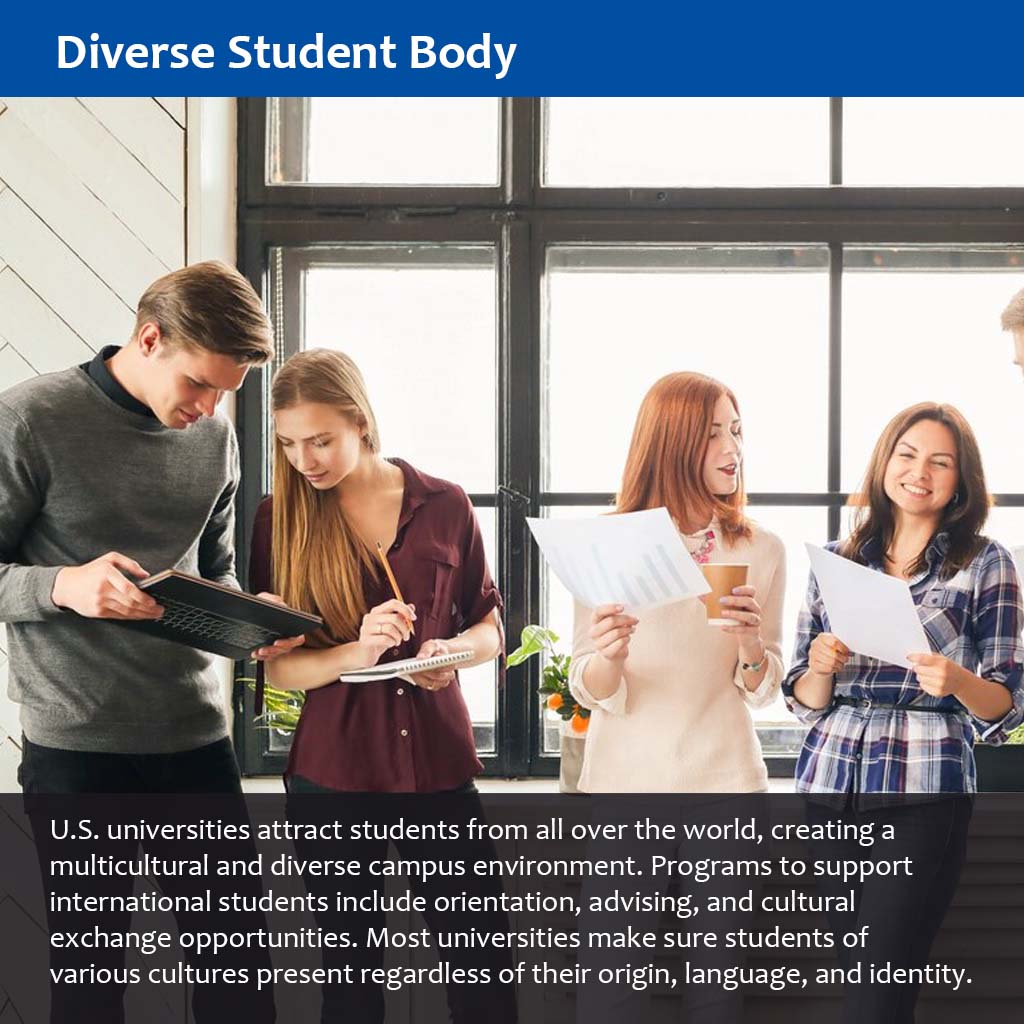
Financial Considerations and Support
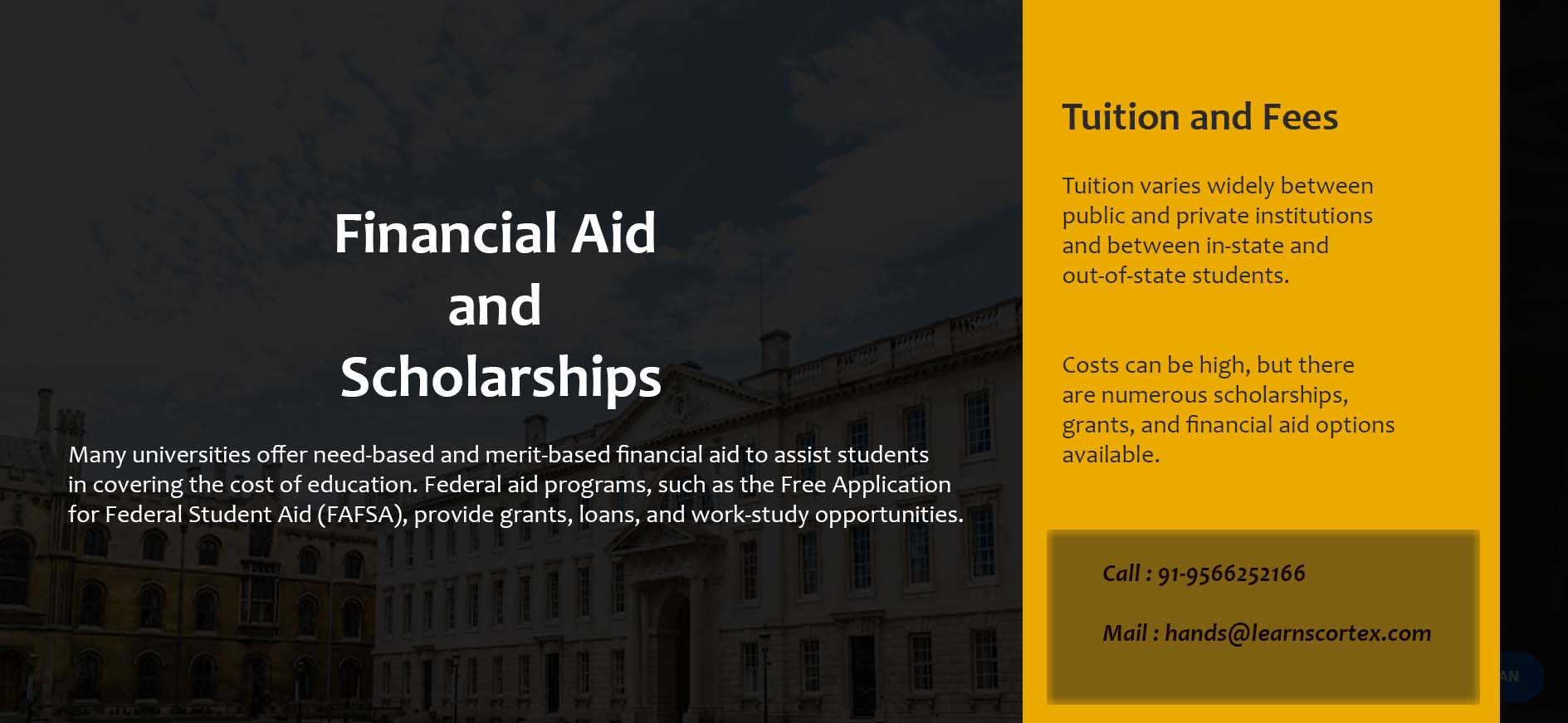
Campus Life and Extracurricular Activities
U.S. universities offer a vibrant campus life with various clubs, organizations, and events that cater to a wide range of interests. Sports, arts, and volunteer activities play a significant role in student life, fostering a well-rounded educational experience.
Universities provide comprehensive support services, including academic advising, career counseling, mental health services, and health care facilities.
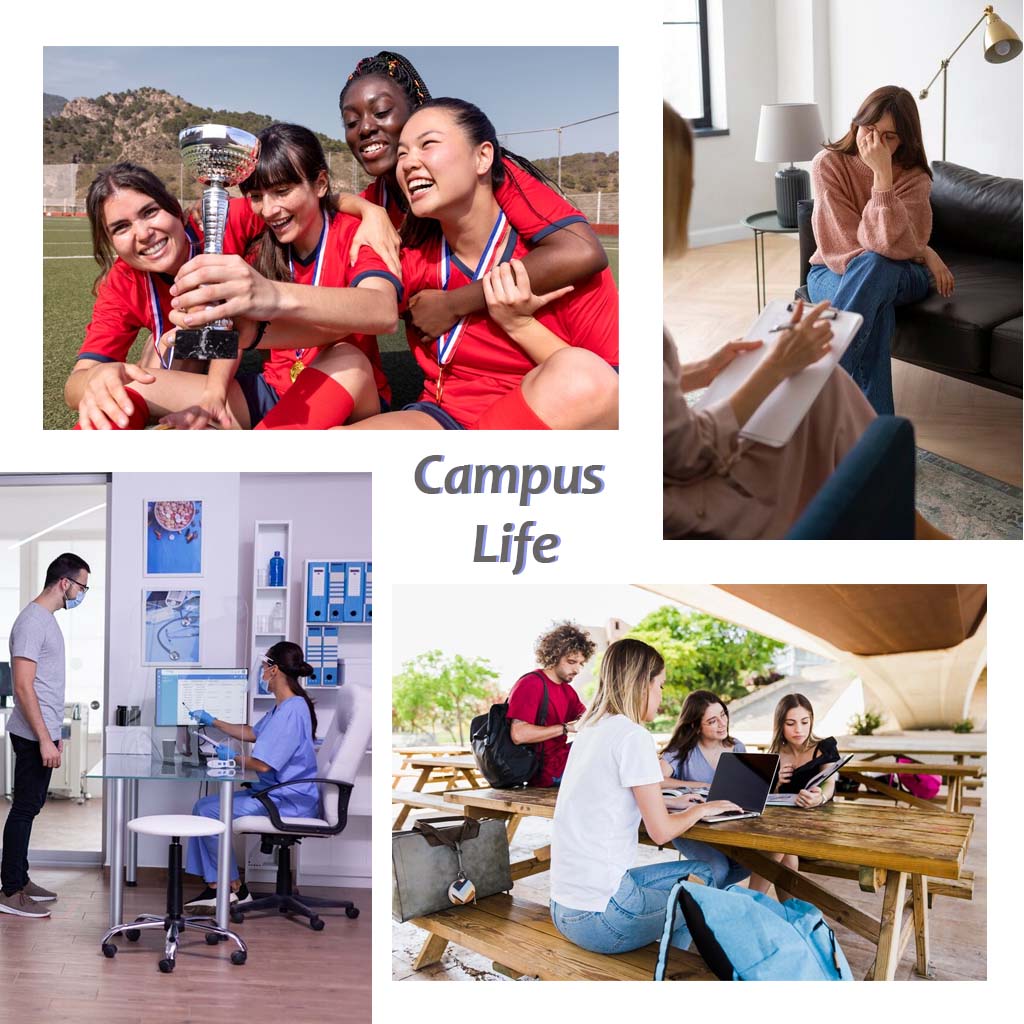
Advantages of the U.S. Job Market
The U.S. has one of the largest and most diverse economies in the world, offering job opportunities across various industries such as technology, finance, healthcare, education, and engineering. Key economic hubs like Silicon Valley, New York City, and Boston provide a fertile ground for innovation and employment.
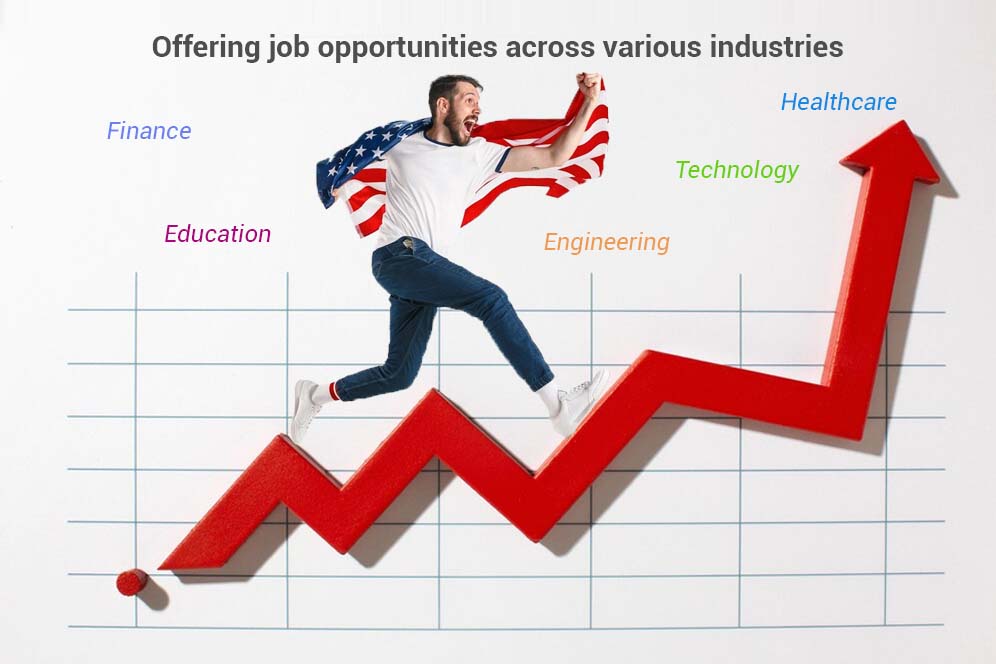
Home to numerous multinational corporations and leading companies such as Google, Apple, Microsoft, and Goldman Sachs, the U.S. provides ample opportunities for internships and full-time employment. Many universities have strong ties with these companies, facilitating recruitment and networking events for students.

The U.S. is a global leader in innovation and entrepreneurship, with a supportive environment for startups and new ventures. Universities often offer incubator programs, mentorship, and funding opportunities for students interested in starting their own businesses.

Career Pathways and Opportunities
Many U.S. universities have robust internship and cooperative education (co-op) programs that allow students to gain hands-on experience in their field of study. Internships provide valuable work experience, industry connections, and can often lead to job offers post-graduation.
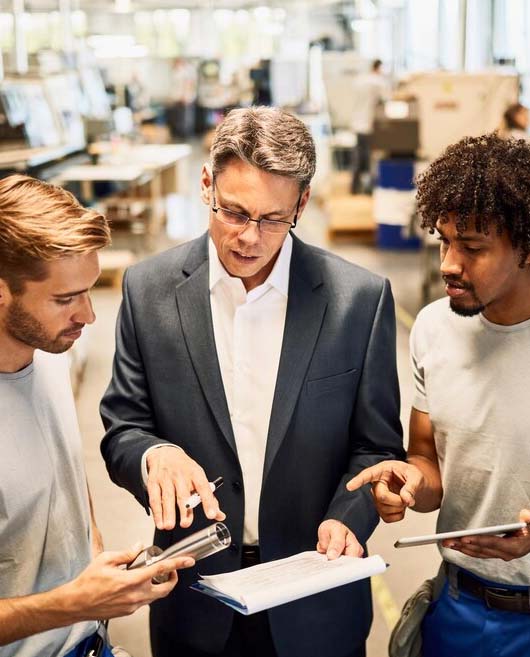
CPT permits international students to work in internships or employment directly related to their major as part of their academic program. It provides an early opportunity to apply classroom knowledge to real-world scenarios, helping students build their resumes and professional networks.

OPT is a program that allows international students on F-1 visas to work in the U.S. for up to 12 months after completing their degree. STEM graduates may extend their OPT by an additional 24 months. This practical training period is a significant opportunity for students to gain work experience in their field and enhance their employability.

Networking and Professional Development
Most U.S. universities offer comprehensive career services, including job search assistance, resume writing workshops, interview preparation, and career fairs. These services are crucial in helping international students navigate the U.S. job market and connect with potential employers.
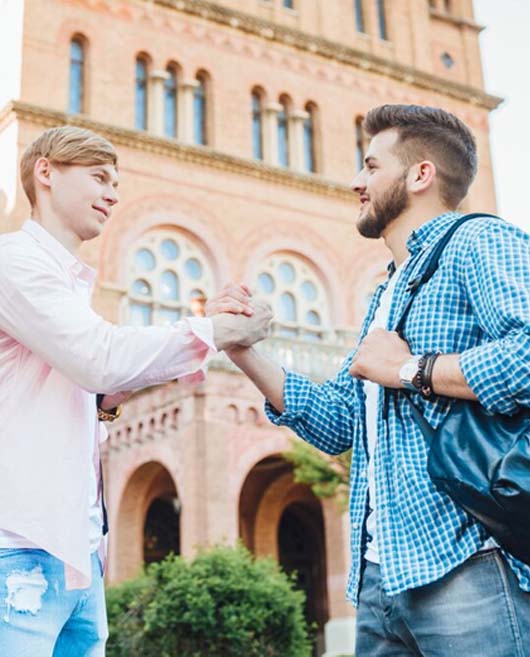
Joining professional associations and student organizations related to one’s field can provide networking opportunities, access to job listings, and industry-specific events. Examples include the American Medical Association (AMA) for healthcare professionals and the Institute of Electrical and Electronics Engineers (IEEE) for engineers.

U.S. universities often have extensive alumni networks that can be a valuable resource for job leads, mentoring, and career advice. Alumni can provide insights into industry trends and may help open doors to job opportunities through referrals.

Industry-Specific Opportunities
The U.S. is a hub for technology and engineering, with regions like Silicon Valley offering numerous opportunities in software development, artificial intelligence, and biotechnology. Companies such as Tesla, Amazon, and Facebook actively recruit international talent, valuing the diverse perspectives they bring.
The healthcare sector is one of the largest and fastest-growing industries in the U.S., with demand for skilled professionals in nursing, medicine, research, and public health. International students with degrees in these fields have opportunities in hospitals, research institutions, and pharmaceutical companies.
Major financial centers such as New York City and Chicago provide a wide array of opportunities in investment banking, consulting, and corporate finance. Business schools often have strong connections with top firms, helping students secure internships and full-time positions.
Immigration and Work Visas
The H-1B visa is a popular work visa for international students who have secured a job in the U.S. It allows professionals to work in specialized occupations for up to six years. The visa is employer-sponsored, meaning students must secure a job offer from a U.S. employer who will then apply for the visa on their behalf.
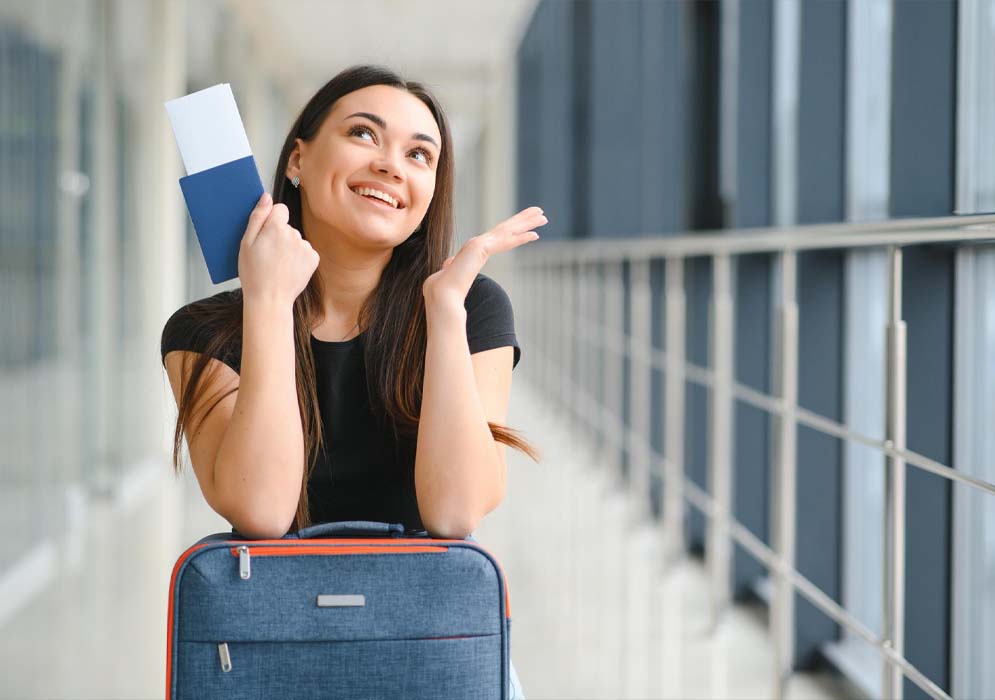
International students who find employment in the U.S. may eventually be eligible to apply for a green card through their employer, granting them permanent residency. This pathway is beneficial for those looking to establish long-term careers in the U.S.
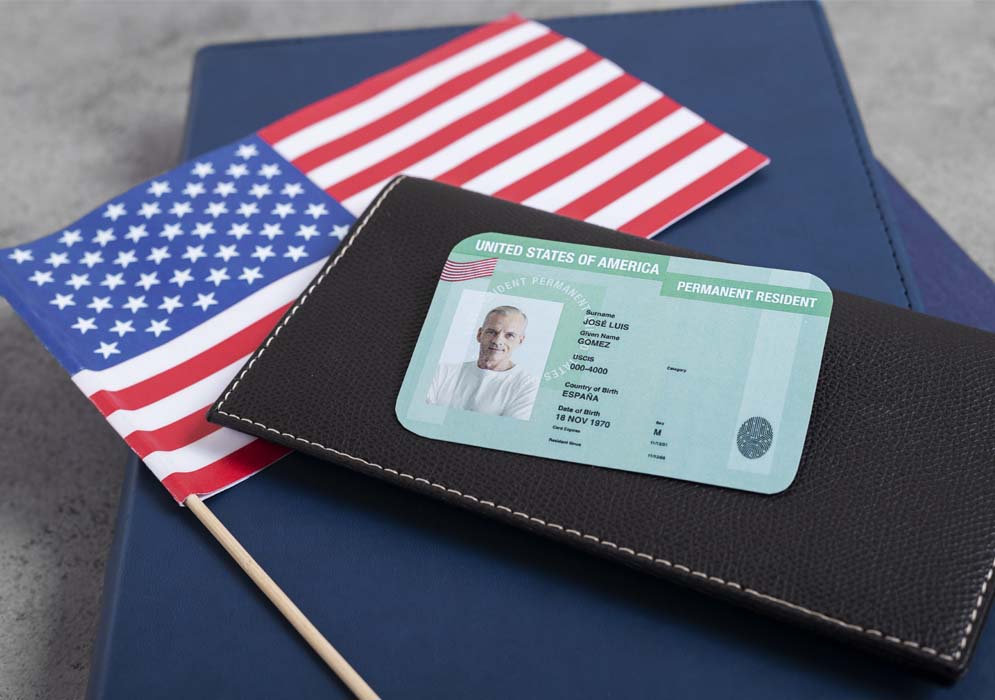
Students graduating with degrees in STEM fields (Science, Technology, Engineering, Mathematics) may extend their OPT by an additional 24 months, increasing their chances of securing long-term employment.

There are primarily three types of student visas for the USA:
F-1 Visa: For academic studies at an accredited U.S. college, university, or language training program.
M-1 Visa: For vocational or non-academic studies.
J-1 Visa: For exchange programs, which may include university studies or professional training.
1. Apply and get accepted to a U.S. SEVP-approved school.
2. Pay the SEVIS fee and receive your I-20 form (for F-1 and M-1 visas) or DS-2019 form (for J-1 visa) from your school.
3. Complete the DS-160 visa application form online.
4. Pay the visa application fee.
5. Schedule and attend a visa interview at the U.S. embassy or consulate in your home country.
You will need to bring:
- A valid passport.
- DS-160 confirmation page.
- SEVIS fee receipt.
- Form I-20 or DS-2019.
- Visa application fee payment receipt.
- Recent passport-sized photograph.
- Financial proof demonstrating you have sufficient funds for your studies and living expenses including your IT papers, bank loan certificate, bank statements, assest and debt information which is professionally audited by an Indian CA
- Academic transcripts of your UG College or School and standardized test scores such as GRE, GMAT, SAT, ACT, IELTS, and TOEFL
- Proof of ties to your home country, which could be you a document of your house, a bank loan letter, or parents living in your country
Work Responsibilities:
The SEVIS (Student and Exchange Visitor Information System) fee is a mandatory fee for all F-1, M-1, and J-1 visa applicants. It supports the system that maintains information on non-immigrant students and exchange visitors. You can pay the fee online at the SEVIS fee payment website (https://www.fmjfee.com/i901fee/index.html) using a credit or debit card. Make sure to keep the receipt as you will need it for your visa interview.
You can apply for your student visa up to 120 days before your program start date, as indicated on your Form I-20 or DS-2019. However, you cannot enter the U.S. on your student visa more than 30 days before your program start date.
Common questions include:
- Why did you choose this specific university or program?
- How will you finance your education and living expenses?
- What are your plans after graduation?
- Do you have any relatives in the USA?
- How do you intend to prove your ties to your home country?
Yes, but there are restrictions:
F-1 Visa: You can work on-campus up to 20 hours per week during the school term and full-time during breaks. After the first academic year, you may apply for off-campus employment options like Optional Practical Training (OPT) and Curricular Practical Training (CPT).
M-1 Visa: Work is generally not permitted. You may, however, be eligible for practical training after completing your studies.
J-1 Visa: Employment is typically allowed if it is part of your exchange program. You must obtain authorization from your J-1 program sponsor.
F-1 Visa: Primarily for full-time academic students. It offers opportunities for post-graduation work in the form of OPT.
J-1 Visa: For exchange visitors, which can include students, trainees, interns, and teachers. The J-1 visa may have specific home-country physical presence requirements.
You must provide evidence that you have sufficient funds to cover your tuition and living expenses. Acceptable forms of proof include:
- Bank statements or account verification letters.
- Financial support letters from sponsors.
- Scholarship or grant award letters.
- Affidavits of support.
If your visa application is denied, the consular officer will provide you with a reason for the denial. Common reasons include lack of financial proof, insufficient ties to your home country, or failure to meet eligibility requirements. You can reapply by addressing the issues identified in your initial application, but you will need to pay the visa application fee again.
F-1 Visa: You may stay in the U.S. for the duration of your academic program plus 60 days after completing your studies. Extensions are possible if you apply for OPT or a change of status.
M-1 Visa: You can stay for the length of your training program plus 30 days, with a maximum total stay of one year unless extended for practical training.
J-1 Visa: The duration depends on your program. You may stay for the program duration plus a 30-day grace period.
Yes, your spouse and unmarried children under 21 can accompany you to the U.S. as dependents.
F-2 Visa: For dependents of F-1 visa holders.
M-2 Visa: For dependents of M-1 visa holders.
J-2 Visa: For dependents of J-1 visa holders. J-2 dependents may apply for work authorization.
Yes, you can travel outside the U.S. while studying. However, you must:
- Obtain a travel signature on your Form I-20 or DS-2019 from your Designated School Official (DSO) or program sponsor.
- Ensure your visa is valid for re-entry.
To extend your stay, you must:
F-1 Visa: Apply for a program extension through your DSO if you need more time to complete your studies. For OPT, you must apply through USCIS.
M-1 Visa: Extensions are available for practical training purposes.
J-1 Visa: Extensions depend on your program sponsor and the terms of your exchange program.
If you lose your passport with your visa, you must:
- Report the loss to your local police and obtain a police report.
- Contact your embassy or consulate to get a replacement passport.
- Apply for a new visa at a U.S. embassy or consulate with the necessary documentation, including a new DS-160 form and fee payment.
1. U.S. Embassy in New Delhi, at Shantipath, Chanakyapuri, New Delhi 110021
2. U.S. Consulate General in Mumbai, at C-49, G-Block, Bandra Kurla Complex, Bandra East, Mumbai 400051
3. U.S. Consulate General in Chennai, at Gemini Circle, No. 220, Anna Salai, Chennai 600006
4. U.S. Consulate General in Hyderabad, at Paigah Palace, 1-8-323, Chiran Fort Lane, Begumpet, Secunderabad 500003
5. U.S. Consulate General in Kolkata, at 5/1, Ho Chi Minh Sarani, Kolkata 700071
